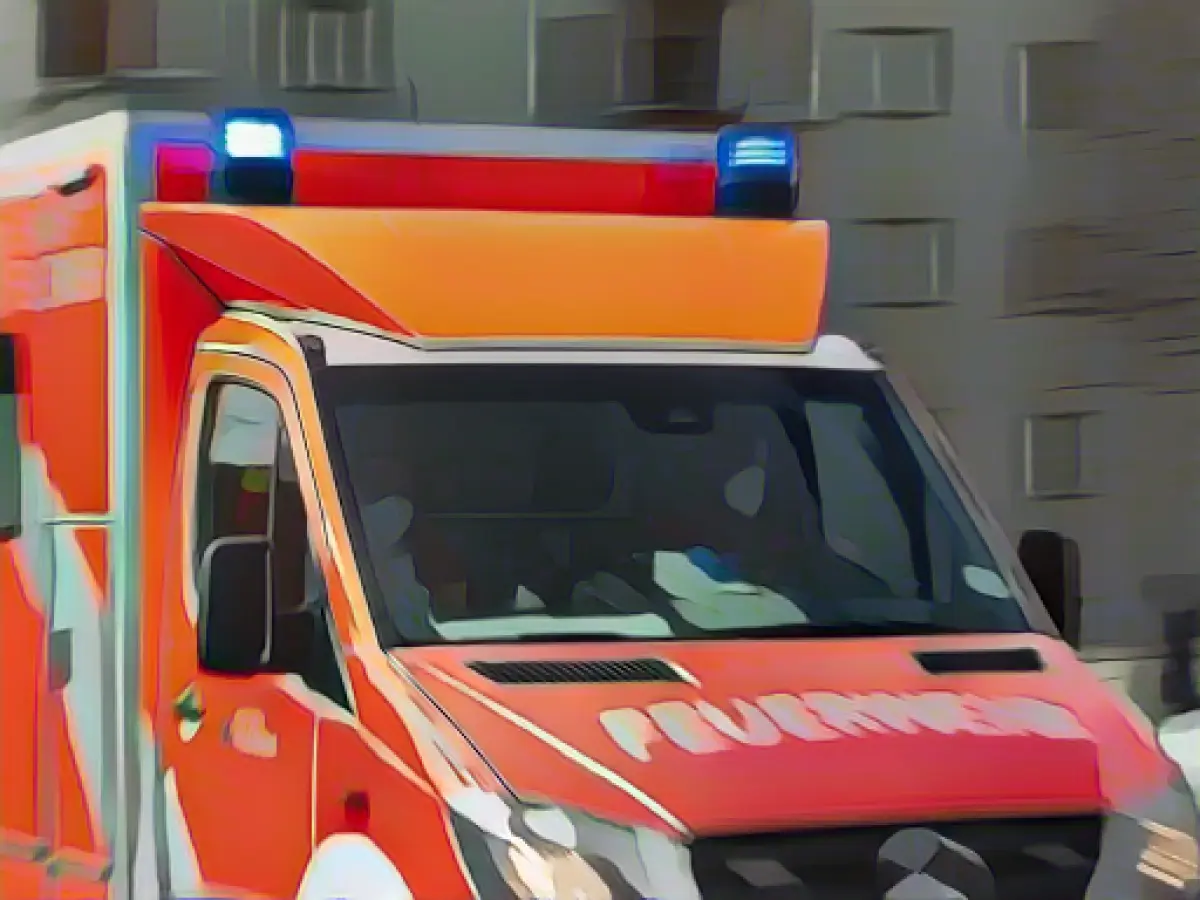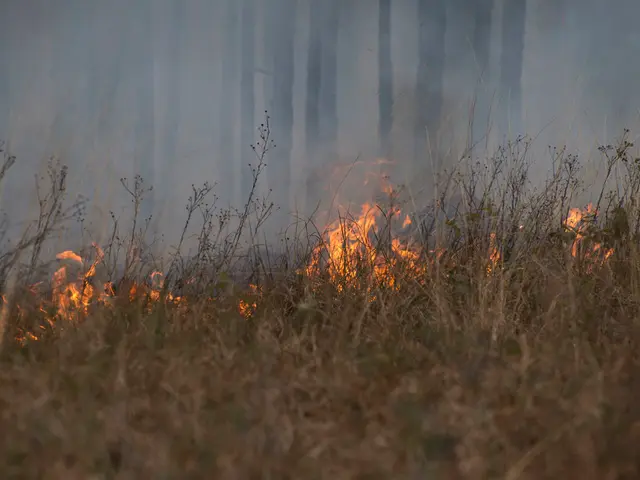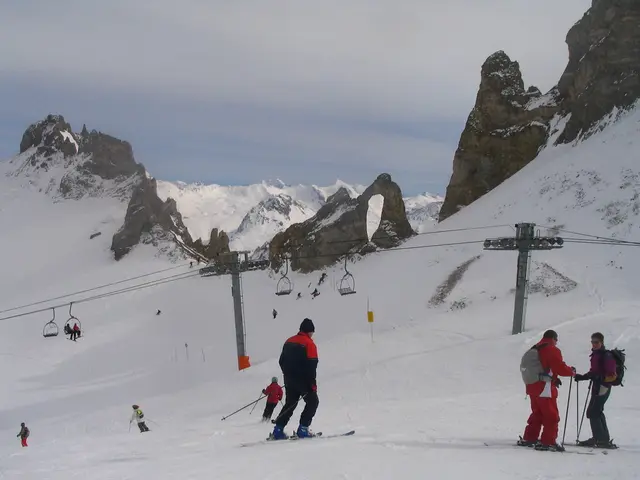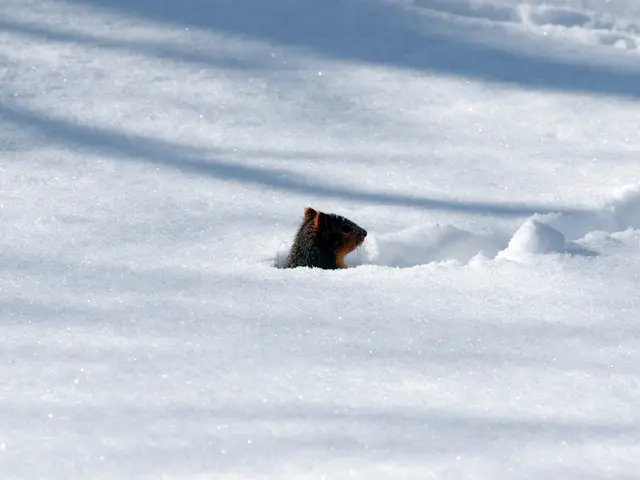Gritting Vehicle Rolls Over, Driver Sustains Injuries in Schwanewede
An unfortunate incident unfolded in Schwanewede (Osterholz district), where a gritting vehicle tumbled onto its side. The 20-year-old driver was transported to the hospital with injuries. The mishap occurred during the gritter's gritting duties on a chilly Sunday morning. The gritter, in an attempt to clear the roads, collided with a stationary vehicle, causing the former to veer off and land in a front garden.
Unfortunately, this incident sparked a chain reaction of minor traffic disruptions in the vicinity. Although measures like precautionary gritting are taken to ensure road safety, mishaps such as these can still happen on bustling roads.
Discouraging Accidents: The Role of Safety Measures
Several safety measures and precautions are implemented to reduce the likelihood of gritting vehicles tipping over on busy roads. These steps include:
- Pre-operational checks: Comprehensive inspections of the vehicle's condition, including the brakes, tires, and specialized equipment like salt spreaders or plows.
- Proper loading and securing: Loading and securing salt or grit in the vehicle to prevent any shifts during operation, ensuring an even distribution of load and fastening loose materials.
- Safe parking and stopping: Parking on level surfaces away from traffic and in an area that permits safe entry and exit and avoiding obstructing traffic or creating hazards.
- Traffic control: Implementing adequate traffic control measures with signs, cones, and barriers, which divert traffic away from the work area, keeping both the vehicle and passing vehicles safe.
- Driver training and experience: Ensuring the driver is experienced and adept at operating the gritter alongside specific weather conditions and familiar with the equipment's operation.
- Regular maintenance: Regular inspections and maintenance of the vehicle and equipment to prevent mechanical failures leading to accidents.
- Personal Protective Equipment (PPE): Wearing protective gear such as reflective vests and safety glasses to boost visibility and safeguard from potential hazards.
- Work area protection: Securing the work area from other vehicles and pedestrians, using spotters and ensuring the area is free of obstacles before the gritter moves.
- Supervision and monitoring: Overseeing the gritter's operation and ensuring adherence to safety protocols, promptly addressing any issues.
By implementing these measures, the risk of gritting vehicles tipping over and causing accidents on crowded roads can be significantly reduced.








